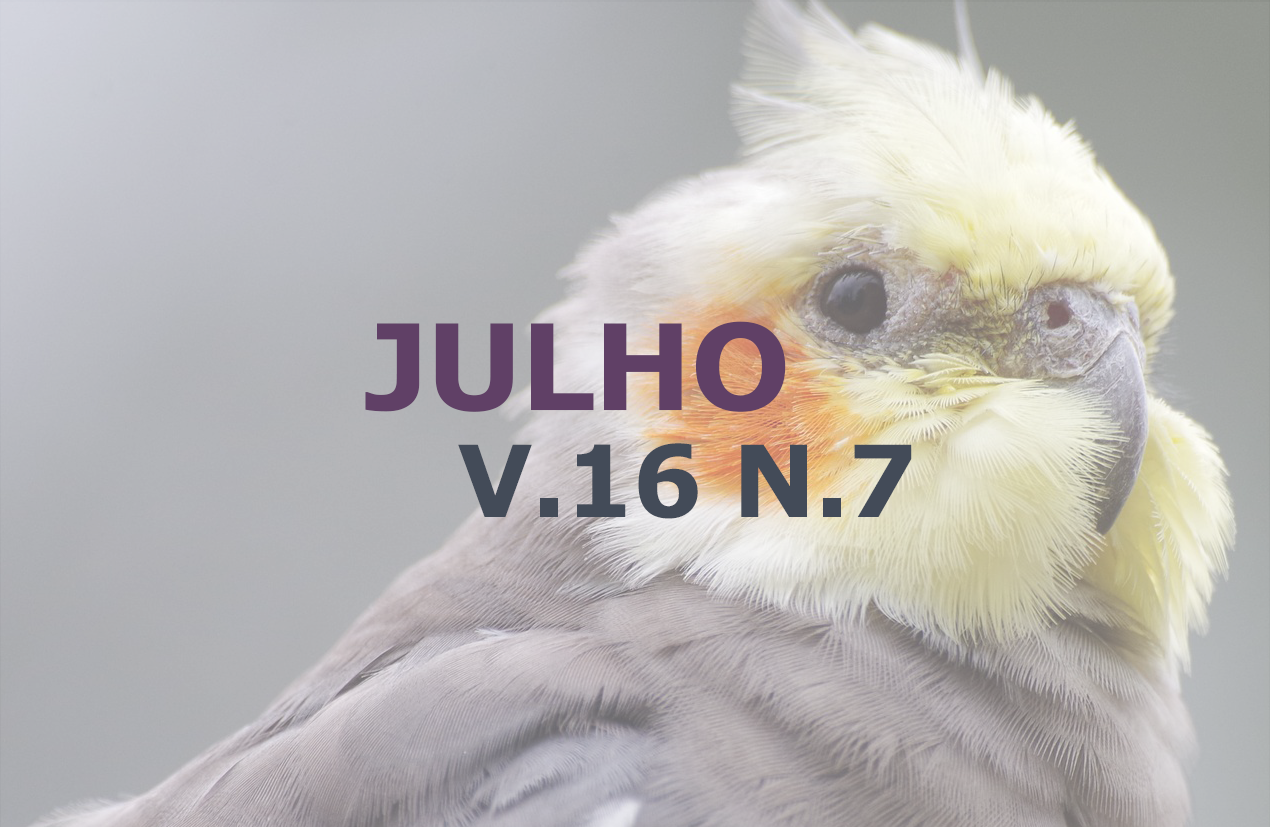Qualidade de água e resistência de alevinos no transporte em sacos plásticos: Oreochromis niloticus e Colossoma macropomu
DOI:
https://doi.org/10.31533/pubvet.v16n07a1174.1-9Palavras-chave:
Alevinos, embalagem plástica, transporte animal, potencial hidrogeniônicoResumo
O objetivo deste trabalho foi compreender os impactos que os alevinos Oreochromis niloticus e Colossoma macropomum apresentam quando transportados em sacos plásticos, relatando o efeito de tempo e a densidade de acordo com os resultados levantados nos trabalhos analisados. Por se tratar de uma revisão de literatura foram selecionados sete artigos publicados entre os anos de 2000 a 2021, que discutem sobre os impactos fisiológicos dos alevinos quando transportados em materiais plásticos. Isso porque as condições da água e o período de transporte podem afetar diretamente o tempo de vida os alevinos, pois, o potencial hidrogeniônico - pH, a qualidade da água e fatores fisiológicos são diretamente afetados. Dessa forma, o período de contato dos alevinos no recipiente plástico de acordo com os estudos não pode passar de 8 horas consecutivas, pois, as alterações de pH, temperatura e oxigênio dissolvidos interferem na capacidade de sobrevivência dos espécimes. Pois, o zootecnista precisa compreender o período máximo que um alevino consegue permanecer em um recipiente plástico e orientar sobre a mudança de recipiente caso se leve um período maior que 8 horas para se chegar ao destino final.
Downloads
Publicado
Edição
Seção
Licença
Copyright (c) 2022 Felipe de Jesus Pires da Silva, Lucas Setubal de Souza, Jose Douglas Melo

Este trabalho está licenciado sob uma licença Creative Commons Attribution 4.0 International License.
Você tem o direito de:
Compartilhar — copiar e redistribuir o material em qualquer suporte ou formato
Adaptar — remixar, transformar, e criar a partir do material para qualquer fim, mesmo que comercial.
O licenciante não pode revogar estes direitos desde que você respeite os termos da licença. De acordo com os termos seguintes:
Atribuição
— Você deve dar o crédito apropriado, prover um link para a licença e indicar se mudanças foram feitas. Você deve fazê-lo em qualquer circunstância razoável, mas de nenhuma maneira que sugira que o licenciante apoia você ou o seu uso. Sem restrições adicionais
— Você não pode aplicar termos jurídicos ou medidas de caráter tecnológico que restrinjam legalmente outros de fazerem algo que a licença permita.





